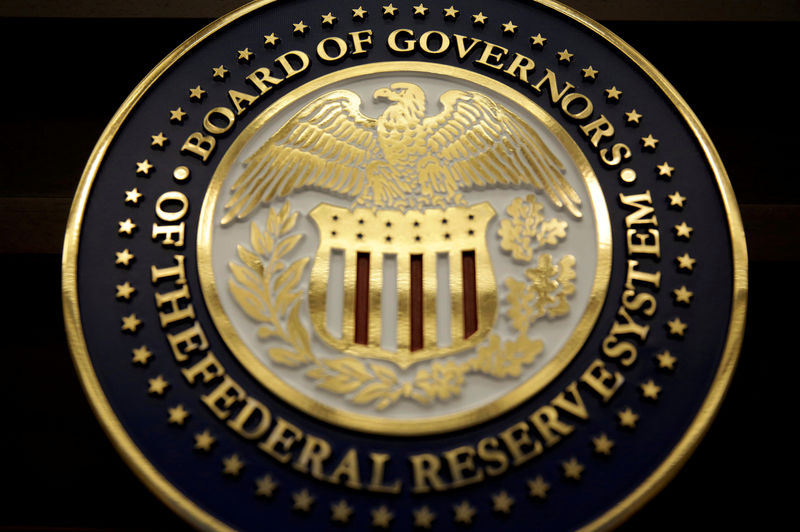Investing.com - The U.S. employment report for May further strengthened markets' conviction that the Federal Reserve will pull an about face and begin easing monetary policy.
Nonfarm payrolls (NFP) rose by just 75,000 in May, far below consensus expectations for 185,000, while wage inflation unexpectedly eased.
The weak reading comes amid concerns over a potential global recession due to Washington’s escalation of a trade dispute with China, and its use of tariffs to coerce Mexico into doing more to stop illegal immigration into the U.S.
Fed Chair Jerome Powell this week indicated a willingness to “act as appropriate to sustain the economic expansion” in face of recent developments involving trade negotiations.
Marc Chandler, chief market strategist at Bannockburn Global Forex indicated that the “disappointing” U.S. jobs data “can only fuel rate cut speculation and more technical evidence of a U.S. dollar top”.
Market reaction seemed to support Chandler’s opinion with the U.S. dollar index extending losses following the release. Bond yields also tumbled, with the benchmark 10-year Treasury hitting 2.07%, its lowest in nearly two years, and the more Fed-sensitive two-year note falling eight basis points to 1.80%, its lowest in 18 months.
“The Federal Reserve now has a domestic economic component to add to its decision matrix around the path of rate policy to what is a narrative around deteriorating global economic and financial conditions, an inverted yield curve and falling yields,” said Joseph Brusuelas, chief economist at consulting agency RSM US LLP.
Anthony Kurukgy, senior sales trader at Foenix Partners, also highlighted the miss in both job creation and earnings growth. “A continued downtrend in the jobs market may force the U.S. central bank to unwind some of 2018’s rate hikes in the second half of 2019,” he said.
Although a start to those rate cuts at the upcoming June 18-19 meeting seems unlikely without some unexpected meltdown in trade talks, markets still doubled their bets for a quarter-point reduction to above a 30% chance following the release.
With no further scheduled appearances from Fed officials as the blackout period kicks off on Saturday, markets will have no further input from policymakers until the June decision is announced.
The meeting will include updated economic forecasts on both the American economy and rate expectations, allowing the Fed the opportunity to guide markets on policy prospects.
Implied forward rates for fed funds now reflect a 78% chance of the first rate cut arriving in July, compared to 67% ahead of the report. Odds for a similar move in September jumped a similar amount to 64%, while the probability of a final 25 basis point cut in December jumped across the halfway mark to 60%.
